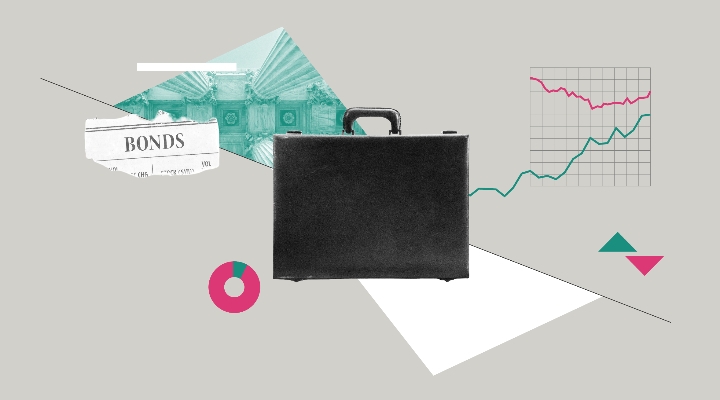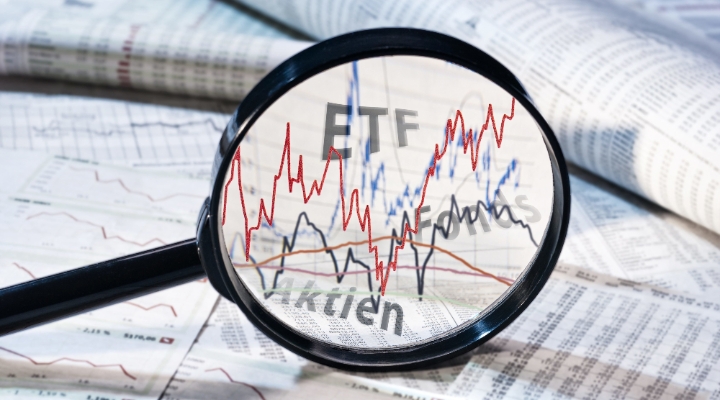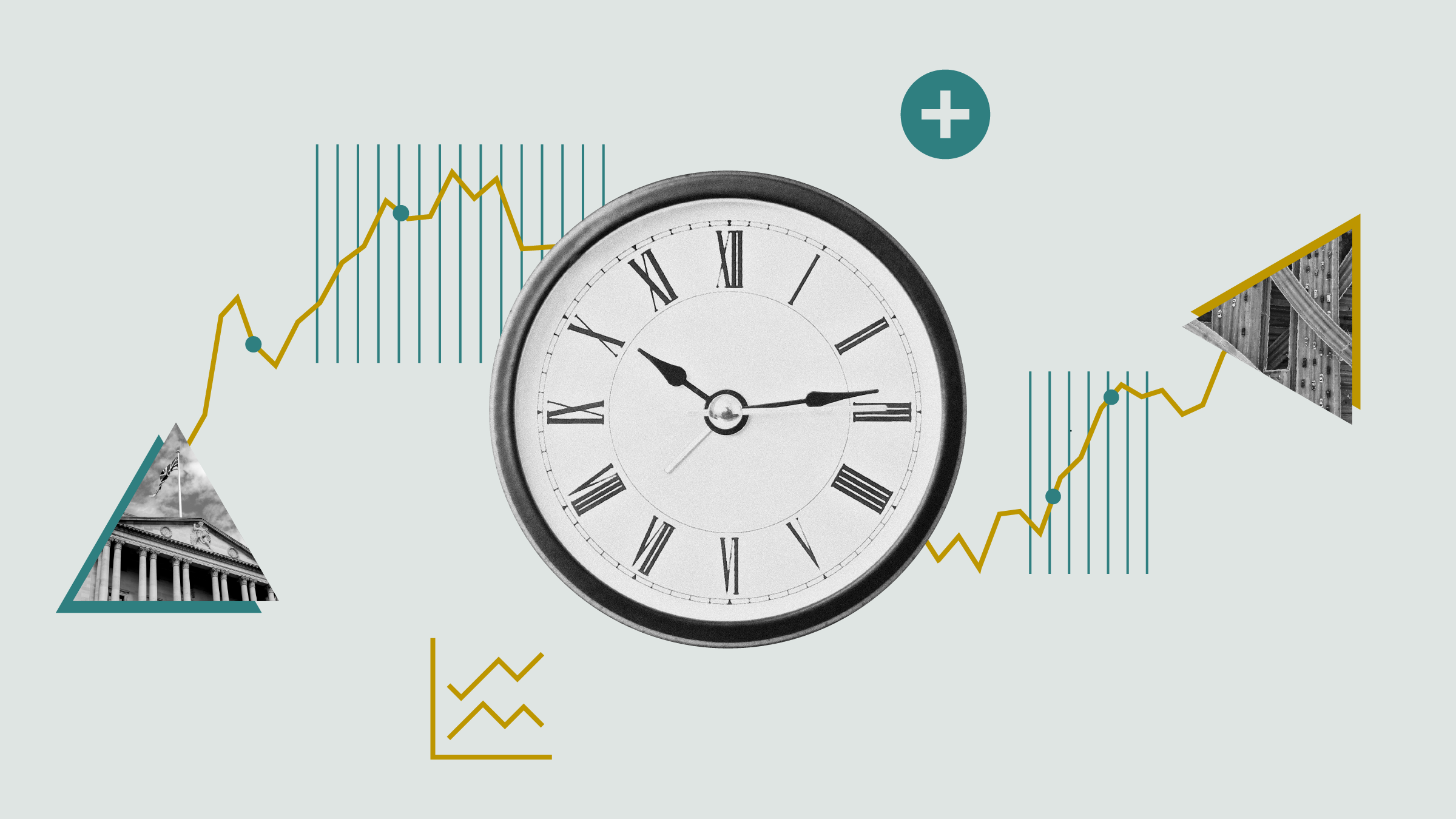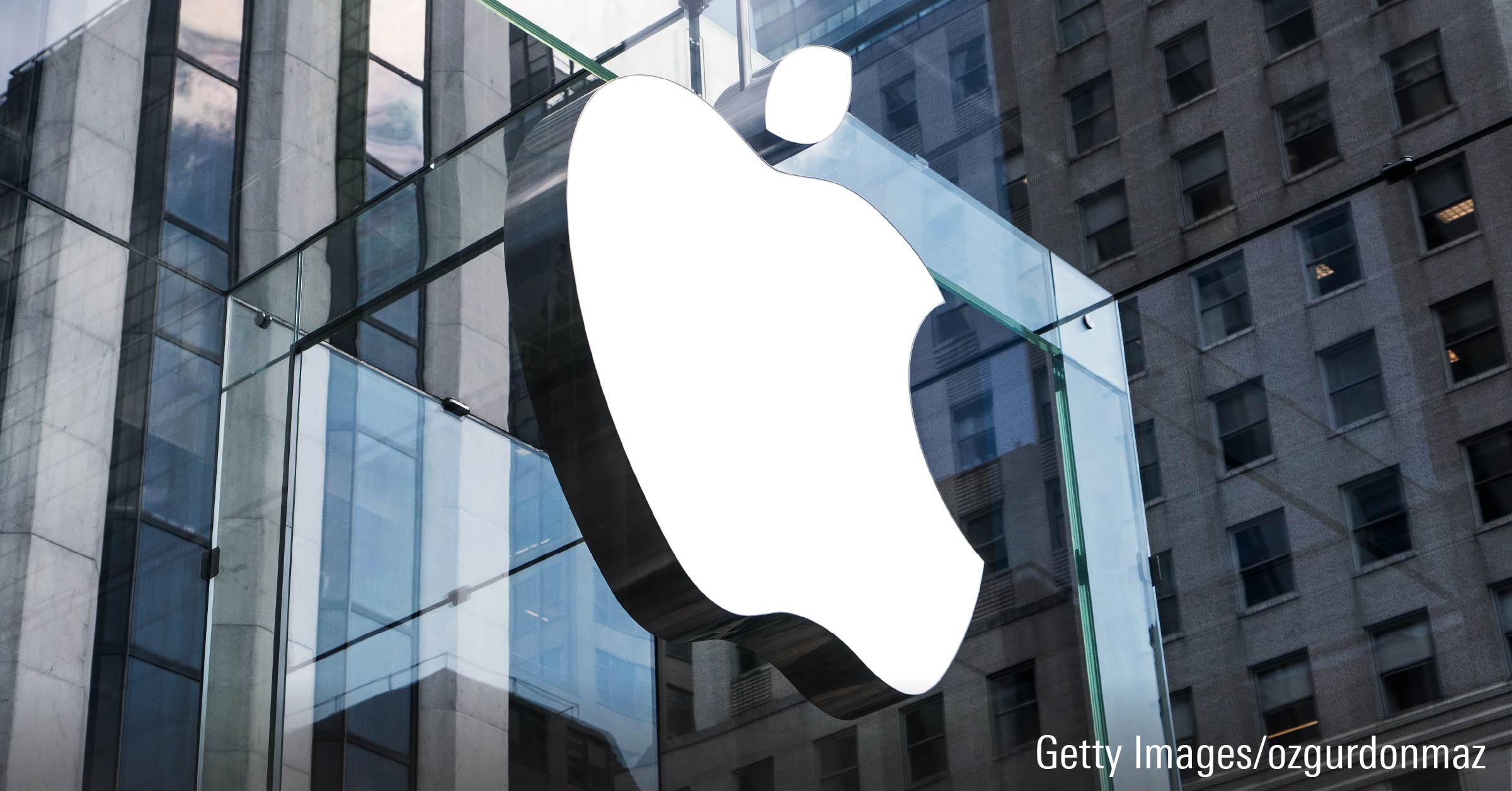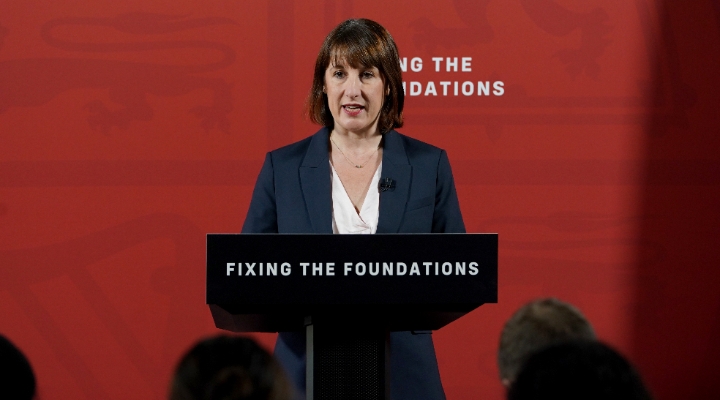So how does one select a bond fund? Bond funds in the UK and elsewhere are frequently sold to investors based on their regular income. The assumption often appears to be that the higher the income level produced, the better off the fund’s investors will be. But that isn't the case, and income level alone shouldn't drive your investment decision. Here are some key factors to consider when buying a bond fund:
script language="JavaScript" type="text/javascript">WebAdsWriteTag('300', '250','middle', 'key1', 'key2');
Focusing on income is tempting—if you need a certain level of income every month or year, it’s appealing to go out and find a fund that meets that need and consider the job done. Unfortunately, investors who take this route may be costing themselves considerable amounts of money.
Although income is going to make up the bulk of bond funds' total return in most cases, you don’t want to ignore the capital portion of their returns. A manager who focuses on boosting a fund's income payout may stretch and take on more credit risk, e.g. by investing in lower credit-rated companies, than his peers, for example, or may have to dip into a fund's capital to support its yield.
In the UK, bond funds are permitted to deduct their annual charges directly from the fund’s capital, without touching the fund’s income stream. This allows funds to maintain high income payouts, which helps attract investors, but it also means that investors’ capital can be eroded by the amount of the fund’s charges every year. A fund may well earn a high enough capital return to offset this effect, but if it does not, a chunk of that income stream you’re being paid out is really just phantom-income—a transfer of your capital back to you. Think of it this way: If a fund charges 1.5% per year, and only earns 0.5% in capital return a year, its capital will be reduced by 1% a year. If, on the other hand, expenses are taken out of income, your income for the relevant periods will be reduced, but your capital will remain untouched.
The true measure of the skill of any bond-fund manager is how much total-return (i.e. income yield plus capital appreciation) he or she can generate for their shareholders at a given level of risk. You can easily find these figures on the Total Returns tab for any bond fund on Morningstar.co.uk. Indeed, it's no accident that one of the best bond funds in the world, and the biggest by far at $93 billion, is called Pimco Total Return. Bill Gross, its manager, and the founder of Pimco, has built his reputation with a steadfast focus on total return, and we believe you should hold your bond managers to the same standard. Income is important--just don't focus on it alone.
Costs, Costs, Costs
We can't emphasise this enough. Bond fund returns tend to be relatively low, so high costs can eat up large chunks of your return. If the expected rate of return is 5% and the rate of inflation is 2% and your costs are 1.5%, that means you're only getting a real (inflation-adjusted) rate of return of 1.5%. Moreover, if your manager is trying to overcome the hurdle posed by high fees, he or she may take on more risk than they otherwise would to achieve the same return. (In the U.S., Morningstar studies have shown that higher-cost bond funds are systematically riskier than their lower-cost peers using similar investment strategies.)
Bond funds tend to be comparatively expensive in the UK, but we would urge you to select the lowest cost option from the group of funds that meet your needs. You should expect to pay less for “plain vanilla” offerings such as Gilt funds, and more for more research intensive offerings such as those focused on high-yield securities. Consider the following: Among all bond funds available for sale in the UK, those whose returns ranked in the top 25% of their respective Morningstar peer groups over the five years ended April 30 levied a median annual management fee of 0.8%. Those that ranked in the worst quartile of their peer groups over the same period charged a median annual management fee of 1%.
Interest-Rate Risk
In their simplest form, individual bonds are promises by the issuers to repay the principal value of the bonds at some future date, and to pay the bond owners a stated level of interest in the interim. Thus, a company that needs to borrow £10,000,000 might issue 10,000 bonds to investors with a face value of £1,000 each and a maturity of 10 years, and promise to pay bondholders £80 a year, or 8% of the bond’s face value, in interest over the life of the bond. Someone who bought one of the bonds at issue and held it to maturity would receive £800 in interest over ten years, and would be repaid their original £1,000 investment at the end of the period.
But, now let’s say the owner of one of the bonds decides to sell it after two years instead of holding it to maturity. Further, assume the market-rate of interest has increased to 10% by the time he wants to sell the bond. Can he still sell it for £1,000? No—remember, that at £1,000, the bond’s interest payments of £80 per year are below the 10% market rate of interest. It’s thus apparent no one will pay the full price of the bond when they can buy a new issue and earn 10%. In other word the bond's price will fall (ultimately, it will fall to a level that equates the value of the bond's remaining interest payments with the current market interest-rate). Conversely, if market interest rates had fallen instead of rising, the bond's price would rise because its above-market income would be attractive to buyers.
The key concept to remember is that bond prices move in the opposite direction to interest-rates. If rates go up, the price of a bond goes down, and vice versa. Moreover, the time remaining until a bond's maturity partially dictates how much the bond's price will move in response to interest rate changes. The longer the time until maturity, the bigger the impact the rate change will have. Thus, the appropriate measure of interest-rate sensitivity is duration. Duration is expressed in years, and is a measure of the expected change in the value of a bond given a 1% change in interest rates. For example, a bond fund with an average duration of 5.5 years would be expected to lose 5.5% should interest rates rise 1%, and to gain 5.5% should rates fall by 1%.
As with all financial instruments, there is no free lunch here. If you go with a short-duration fund, you can expect lower risk than a long duration fund, but also lower returns over the long-term. If you buy a long-duration fund, you will likely gain the potential to earn stronger long-term returns, at the expense of perhaps enduring large losses in the near-term. For most investors seeking core bond exposure for their portfolios, we think intermediate duration funds--those with durations of between 3.5 and 6 years--are sound choices.
Next week: Evaluating Bond Funds, Part II









